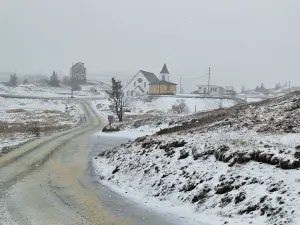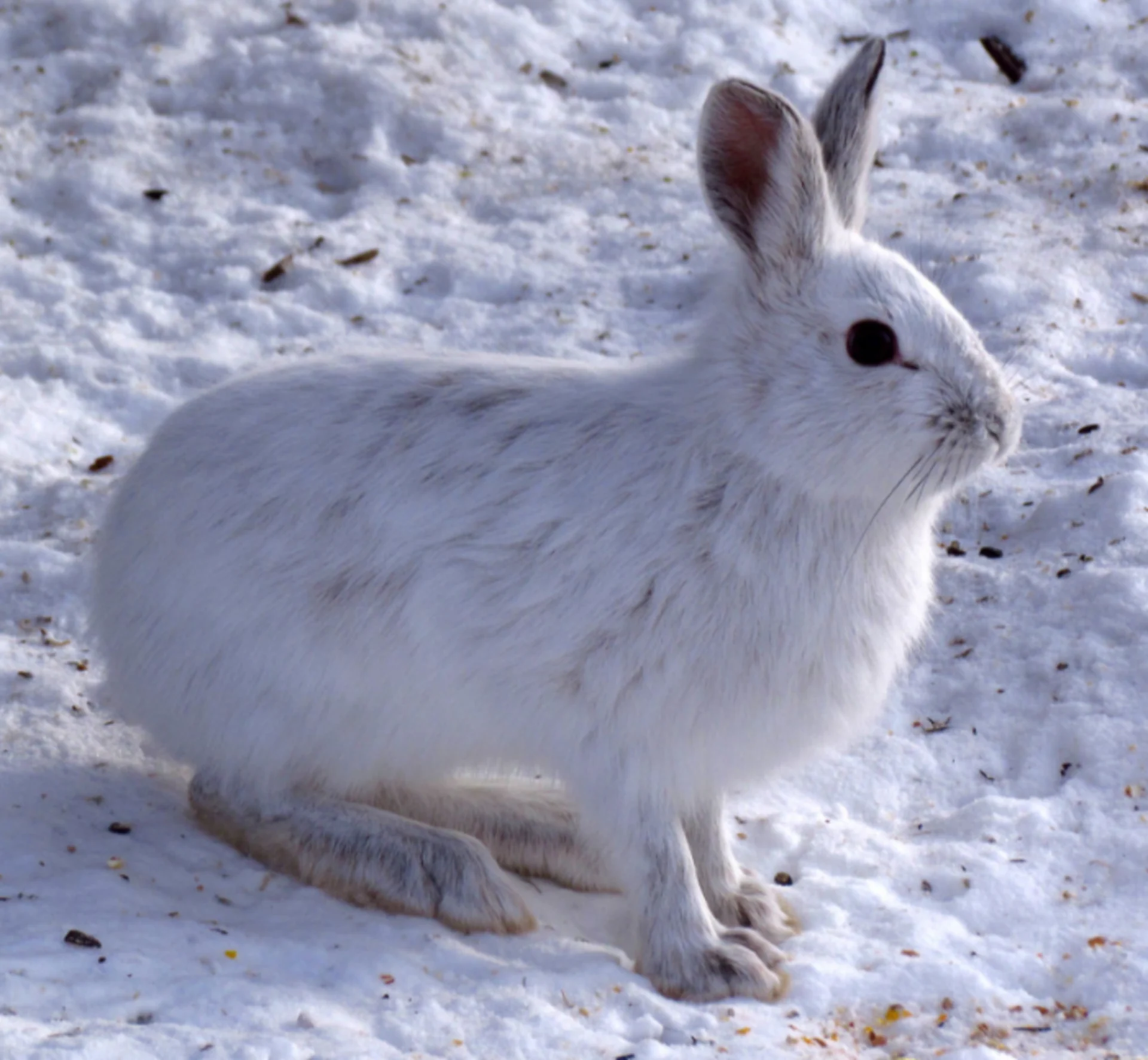
Four fascinating ways animals survive the winter
The colder months have arrived and for some animals, that means big changes are ahead.
There are a lot of things humans can do to make the colder months more comfortable, thanks to technology. But wild animals don't have access to boots, or scarves, or fireplaces to keep them cozy at night.
They have, however, evolved fascinating characteristics that allow them to get through the harsh winter months -- when food is scarce and the temperatures are frigid.
Here are four fascinating tricks animals use to survive the winter.
DON'T MISS: Winter is coming! It's time to mouse-proof your home
1. AMERICAN BLACK BEARS RECYCLE THEIR URINE
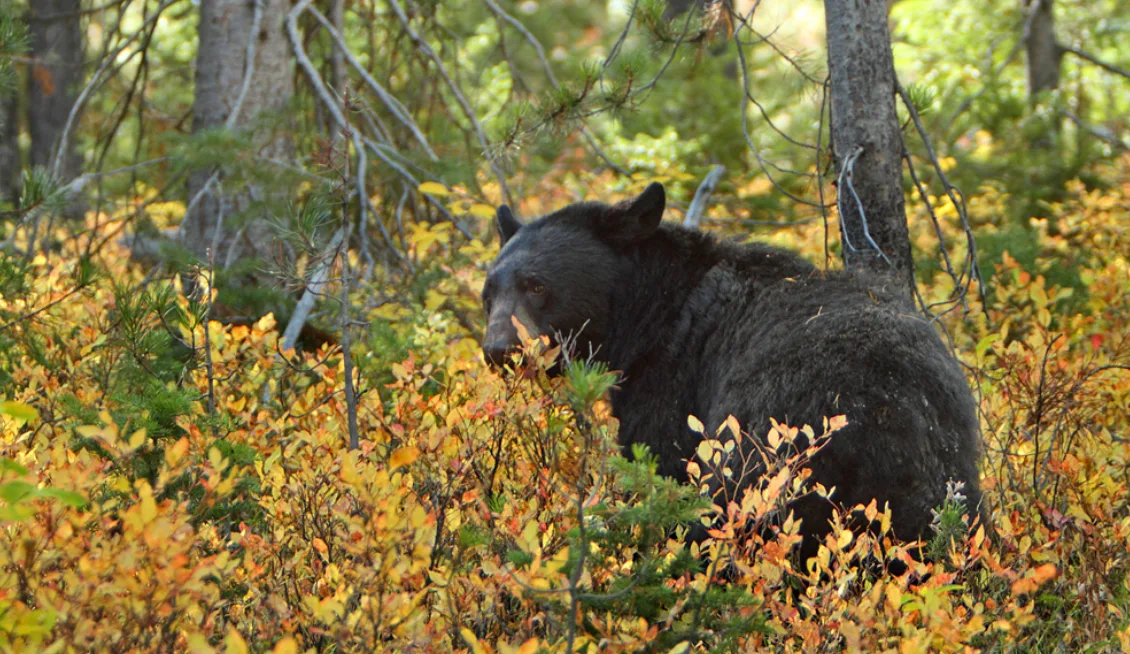
An American black bear at Grand Teton National Park, Wyoming, Taken in September 2010. Courtesy: Alan Vernon/Wikipedia/CC BY 2.0.
American Black bears hibernate between 3 and 5 months each year and during that time they don't move, at all. That's according to a 2015 paper which states that a hibernating American black bear doesn't "eat, drink, defecate, or urinate."
So how does it stay alive?
For starters, bears use their fat as fuel. In the fall, bears increase their caloric intake to upwards of 20,000 calories a day to build up reserves to burn through while hibernating.
Their urine is reabsorbed by the bear's bladder, which allows for the "metabolic recycling" of waste, water, and ions, "thereby obviating the need for eating and drinking," according to the paper.
This recycling of urine is "likely critical for successful hibernation in bears," the study reads.
2. FROGCICLES
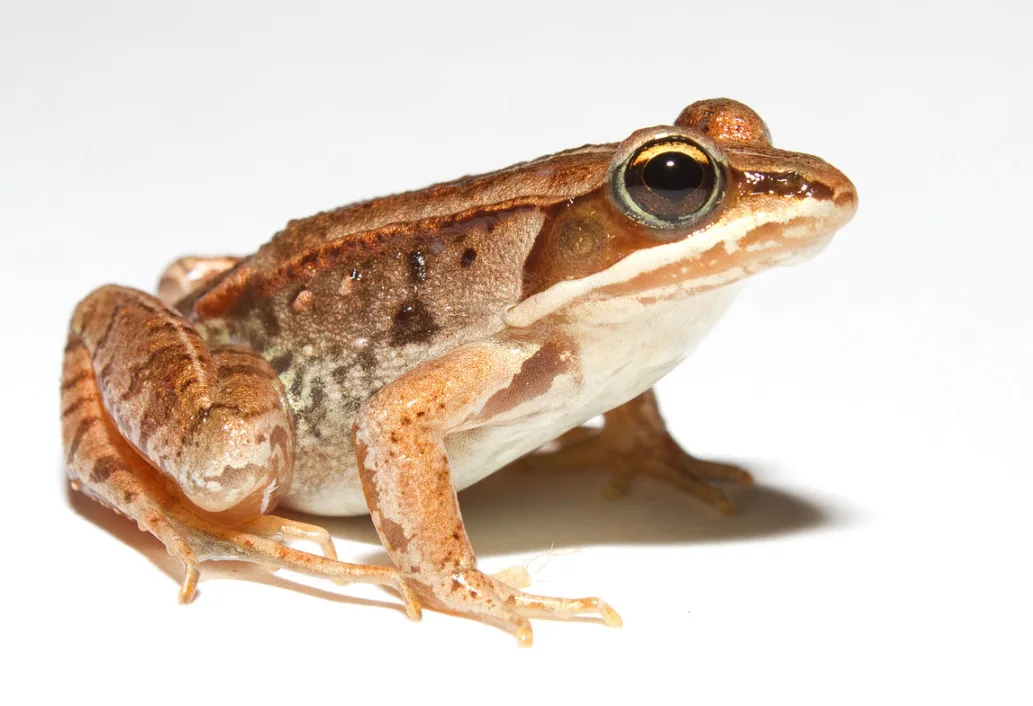
Photo courtesy: Brian Gratwicke/Wikipedia/CC BY 2.0.
The zombie wood frog has a neat party trick that helps it survive the cold. When temperatures drop in northern Canada they just go with the flow -- and turn themselves into little blocks of ice.
When winter approaches the frogs will find a safe spot under a leaf and rest. Their blood then begins to produce a natural antifreeze that consists of glucose and glycogen. The antifreeze works its way throughout the frog's body, deep into its cells, and prevents lethal ice crystals from forming.
During this time their heart stops beating and they don't breathe. They can survive the entire winter this way, going through several thawing and freezing cycles as the temperature fluctuates.
3. SOME ANIMALS JUST BLEND IN
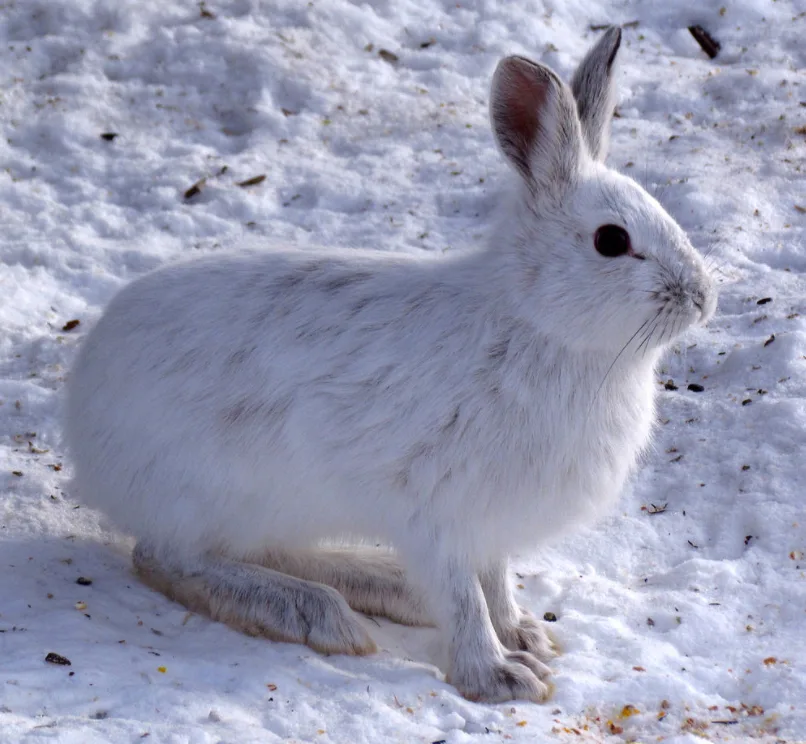
A Snowshoe hare. Courtesy: D. Gordon E. Robertson/Wikipedia/CC BY-SA 3.0.
Some animals don't mind being out and about in the snow, but only after a costume change. There are several species that turn white in winter -- everything from snowshoe hares, to Arctic foxes, to the peary caribou.
But it isn't all fun and games. Climate change is posing some risks for colour-changing species -- particularly the snowshoe hare, which are continuing to turn white on schedule, even if snow hasn't fallen yet. This puts them at risk because when they don't match their surroundings the hares are much easier for predators to spot.
SEE ALSO: Why is there a robin in my yard in the middle of winter?
4. THEY PACK UP AND LEAVE
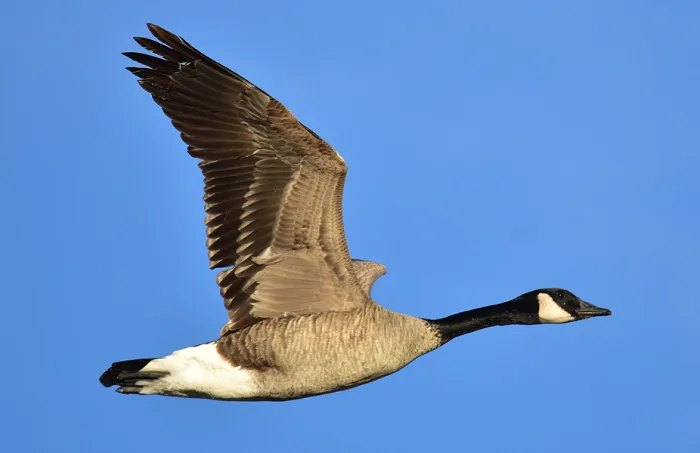
Courtesy: USFWS.
Some birds and insects skip winter altogether and head south.
There's a lot of science that goes into the migration of insects and birds, and it's something that researchers are still trying to understand.
For example, a series of studies suggest birds that are preparing to migrate can sense oncoming, dangerous storms and alter their migration paths to avoid them. Researchers suspect the birds are using one or a combination of tactics, infrasound, which is below the human range of hearing, and weather and cloud observations, to detect the weather.










